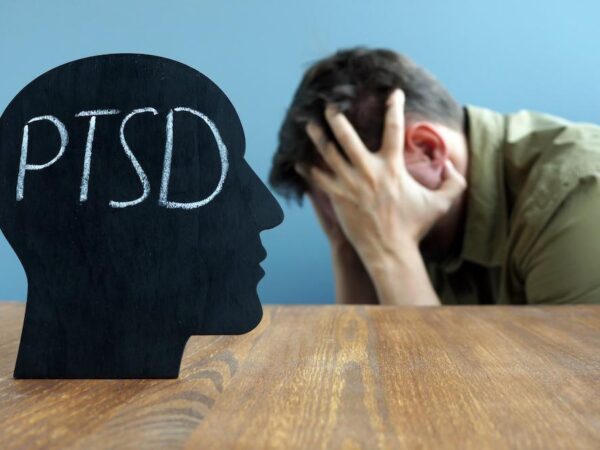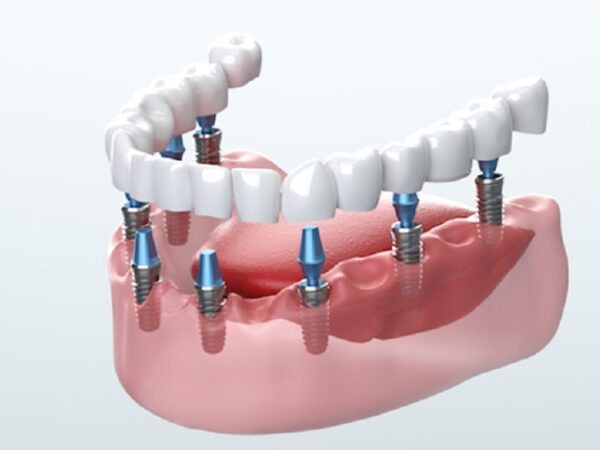Post-traumatic stress disorder (PTSD) is a mental health problem that develops in some who experience a scary, shocking, or dangerous event. While it is believed that the condition affects war veterans that survived traumatic events, PTSD can occur to anyone regardless of gender, age, or socioeconomic status. It can even affect people who did not directly experience trauma but witnessed it. Fortunately, this condition is treatable when diagnosed. If you have been diagnosed with Howell PTSD, you can benefit from ketamine treatments and psychotherapy. So, what are the symptoms of PTSD? Even though every person might experience symptoms differently, here is a look at the four common types of symptoms to look out for.
Re-Experiencing Symptoms
Re-experiencing symptoms is the most common symptom of PTSD. These symptoms make you feel like you are reliving a past traumatic event. Examples of re-experiencing symptoms include nightmares, flashbacks, and bad memories. These intrusive flashbacks and thoughts occur outside your control. These symptoms, such as flashbacks, can lead to physical effects such as sweating or rapid heartbeat. Objects, words, or situations that relate to the traumatic event can trigger these re-experiencing symptoms. Intrusive memories might also occur in nightmares about the traumatic event.
Cognitive Symptoms
Cognitive symptoms involve negative thoughts about yourself or the world. If you are experiencing cognitive symptoms, you might find it hard to trust people or feel happy. You might also have difficulty remembering essential aspects of the event and feel blame or guilt for what happened. If you are experiencing overwhelming feelings of sadness, anger, shame, or guilt as a result of a traumatic event, this is a sign of PTSD.
Avoidance Symptoms
Avoidance symptoms make you avoid particular people, places, and situations that trigger your traumatic memories. For this reason, you will also avoid discussing or thinking about the event that might change your normal life routine. For instance, if you were mugged n your way home from work, you might start avoiding that route or change your transportation mode.
Hyperarousal Symptoms
Hyperarousal symptoms include feeling angry, stressed, easily startled, or jumpy. For instance, you can experience angry outbursts due to inconveniences that wouldn’t normally cause such a reaction. You might also experience paranoia that makes it easy to react. A particular situation or person does not trigger these symptoms. When experiencing hyperarousal symptoms, you might have trouble concentrating or sleeping. You may also begin to engage in unhealthy or risky behaviors such as using alcohol, smoking, or irresponsible driving.
Ultimately, fear feeling during or after a traumatic event is very normal. However, if you continue to experience the symptoms for more than a month, or the symptoms start to interfere with your daily routines or relationships, you might be diagnosed with PSTD. Remember that your symptoms must result from the traumatic event and are separate from symptoms you might experience due to mental illness, substance abuse, etc. If you or a person you know is experiencing symptoms of PTSD, consulting a healthcare provider will help prevent PTSD symptoms from becoming worse. The common treatments of PTSD include a combination of cognitive therapy and medications such as ketamine infusion therapy.
This infographic was created by Veteran Car Donations, learn more about Florida car donations





